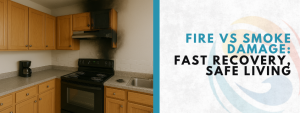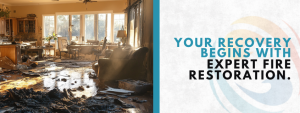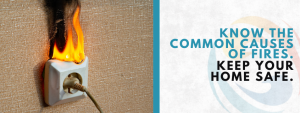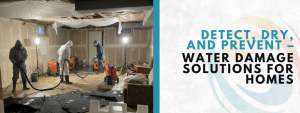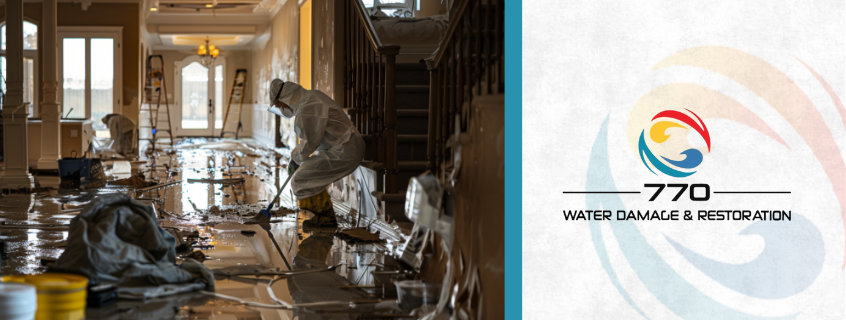
When your closet baseboard looks warped, it might not seem like a big deal at first—but that little bend or curve could be the first sign of a bigger problem hiding behind your walls or under your floor. Let’s explore what’s going on, what it means, and what you should do next before that warping turns into something much worse. Whether you’re a homeowner, renter, or property manager, understanding this issue now can help save time, money, and stress later.
It usually starts small. You’re grabbing shoes from the closet or putting away winter coats, and you notice that something just doesn’t look right. The trim at the bottom of the closet wall appears to be pulling away, curving, or bubbling. Your closet baseboard looks warped—and that visual clue is more than just cosmetic. It’s often a signal from your home that something underneath is going wrong.
Many homeowners ignore the early signs, assuming it’s just swelling from humidity. But warped baseboards can point to deeper problems, like water leaks, mold, foundation movement, or even pest infestations. Ignoring it can lead to costly repairs. So before brushing it off, it’s worth doing a simple inspection yourself.
Let’s go over the first things you should check when your closet baseboard looks warped—and how to make sure the issue doesn’t grow into a major renovation.
Moisture: The Top Suspect
Moisture is by far the most common reason your closet baseboard looks warped. Water and wood don’t mix well. Even a little bit of trapped moisture can make baseboards swell, buckle, or bend. Here’s where that moisture might be coming from:
- A leaking pipe behind the wall
- A roof leak trickling down
- Poor closet ventilation
- Wet clothes or shoes stored inside
- Past flooding that wasn’t cleaned up completely
Run your hand along the baseboard. Does it feel damp? Is the paint bubbled or flaking? These are classic signs. If the warping is accompanied by musty smells, peeling paint, or soft drywall, moisture is likely to blame. If you’re not sure how far the water damage goes, it’s wise to get an evaluation from a team that offers professional restoration services.
Check for Mold Growth
Where there’s water, mold often follows. Mold thrives in closets because they’re usually dark, rarely opened, and often full of fabric items that trap moisture. When your closet baseboard looks warped, mold might already be taking root behind or around it.
Here’s what to inspect:
- Gray, green, or black spots on the baseboard or nearby walls
- Strange, stale odors
- Coughing or sneezing when near the closet
- Baseboard pulling away from the wall
- Clothes with a mildew scent
If you pull back part of the baseboard and see mold, avoid disturbing it further. Mold spores can easily become airborne and spread. Instead, reach out for help through a reliable local restoration team who can remove the contamination safely and completely.
Improper Installation or Cheap Materials
Sometimes, the issue isn’t with leaks or mold at all—it’s with the way the baseboard was installed. If your closet baseboard looks warped shortly after installation, it might not have been sealed properly or could be made from low-quality materials.
Keep an eye out for:
- Uneven or jagged edges
- Staples or nails that have popped out
- Gaps between baseboard and floor
- Loose corners that never sat flush
Cheap MDF (medium-density fiberboard) or low-grade composite boards tend to warp faster than hardwoods, especially in climates with high humidity. If poor craftsmanship is to blame, it might be time to replace the material with a more stable option.
Foundation Shifts or Settling
If your closet baseboard looks warped but there’s no sign of water or mold, look beyond the baseboard. Uneven walls, cracked ceilings, or shifting floors could indicate your home’s foundation is settling.
Signs of structural movement include:
- Doors and drawers in the closet that don’t shut properly
- Cracks above doorways
- Uneven floors near the closet
- Baseboards pulling apart in corners
In this case, the baseboard is just the symptom—the deeper problem is under your house. Getting a structural inspection can help determine if your home is experiencing serious shifts, and if it’s time to bring in a foundation expert.
Insect or Rodent Damage
You might not think of bugs or rodents when your closet baseboard looks warped, but pests can do damage in sneaky ways. Termites eat wood from the inside out, and rodents gnaw at trim and insulation.
Here’s what to check for:
- Small holes or tunneling marks
- Piles of fine wood dust (frass)
- Chewed edges or paint
- Droppings nearby
- Noises in the wall, especially at night
Inspect the back side of the baseboard if possible. If you find evidence of pests, a pest control expert should be called in to stop the issue before they move into other parts of the home.
Humidity from Seasonal Changes
Not every case is a major emergency. Sometimes your closet baseboard looks warped because of seasonal humidity changes—especially in areas where winters are dry and summers are sticky. Wood expands in moisture and shrinks in dryness, leading to warping over time.
To manage this:
- Keep your closet ventilated
- Don’t store wet items inside
- Use moisture-absorbing packs
- Consider adding a small dehumidifier
While humidity isn’t as destructive as leaks or pests, it can still shorten the life of your baseboards. Keeping the closet climate consistent can help prevent future warping.
A Quick Guide: What Type of Baseboard Do You Have?
Different materials respond differently to stress. If you’re trying to figure out why your closet baseboard looks warped, start by identifying the type.
| Baseboard Type | Pros | Cons | Warp Risk |
| MDF (Fiberboard) | Affordable, smooth to paint | Not water-resistant | High |
| Pine | Budget-friendly real wood | Soft, dents easily | Moderate |
| PVC or Vinyl | Moisture-resistant, flexible | Looks less natural | Low |
| Hardwood (Oak, Maple) | Durable, elegant | Expensive | Low |
| Composite | Stable in humidity | Hard to repair | Low |
Knowing your baseboard material helps you plan your next step. For instance, MDF warps quickly in moisture, while vinyl holds up even in damp spaces like bathrooms.
Simple DIY Inspection Checklist
If your closet baseboard looks warped, follow this simple checklist to gather more clues:
- Look for paint bubbling or peeling
- Feel the baseboard for dampness
- Smell the air for mold or must
- Tap the wood for softness or hollowness
- Check for visible cracks or gaps
- Look at the baseboard along its length—any curves or bows?
- Inspect the floor around it for moisture
- Check inside the closet for leaks or humidity sources
Take notes and photos if needed. If you suspect hidden damage, calling in an expert early can save your closet—and your wallet.
Why You Shouldn’t Wait to Fix It
Even if it seems small, when your closet baseboard looks warped, it could be hiding a chain reaction. A small pipe leak behind the wall might be feeding mold growth. Termites might be nesting deeper in the walls. Moisture could be creeping under the floorboards.
Waiting too long could lead to:
- Worsening mold contamination
- Permanent wood damage
- Higher repair bills
- Health problems from air quality issues
The sooner you act, the simpler the fix.
When to Call the Pros
If you’ve done your inspection and still aren’t sure what’s causing the problem—or if you’ve confirmed it’s water-related damage—don’t take a chance. Whether it’s a pipe leak or a roof issue, trained technicians can diagnose and repair it fast. For trustworthy help, consider working with a team that specializes in home recovery in your local area.
Final Thoughts: Don’t Let a Warped Baseboard Fool You
It’s easy to overlook, but if your closet baseboard looks warped, it’s more than just a crooked piece of wood. It’s your home’s quiet warning that something’s off. From moisture to movement to mold, the baseboard might be your first sign of trouble.
Take a close look, follow the checklist, and don’t hesitate to get expert advice if needed. The right inspection today could prevent a much bigger headache tomorrow.
And if you need fast, reliable support from people who know how to handle every layer of damage—whether from water, mold, or time—trusted restoration experts are ready to help.
Frequently Asked Questions: Closet Baseboard Warping Explained
Why does my closet baseboard look warped all of a sudden?
Sudden warping usually means there’s hidden moisture behind the wall, possibly from a leak or high humidity. It can also happen if the baseboard material reacts to seasonal changes or poor installation.
How can I tell if water damage is causing the warping?
Look for signs like peeling paint, musty odors, softness to the touch, or visible mold around the baseboard. If these are present, water is likely the cause.
Can I fix a warped closet baseboard myself, or do I need professional help?
If the damage is cosmetic and dry, DIY replacement is possible. But if there’s moisture or mold, it’s safest to call a restoration professional.
Is it dangerous to ignore a warped baseboard in my closet?
Yes, ignoring it can lead to mold growth, structural damage, or pest infestations. Early action helps avoid costly repairs later.
What’s the best way to prevent baseboards from warping again?
Keep closets dry and well-ventilated, avoid storing wet items, and use quality materials like PVC or hardwood. Regular inspections also help catch issues early.


